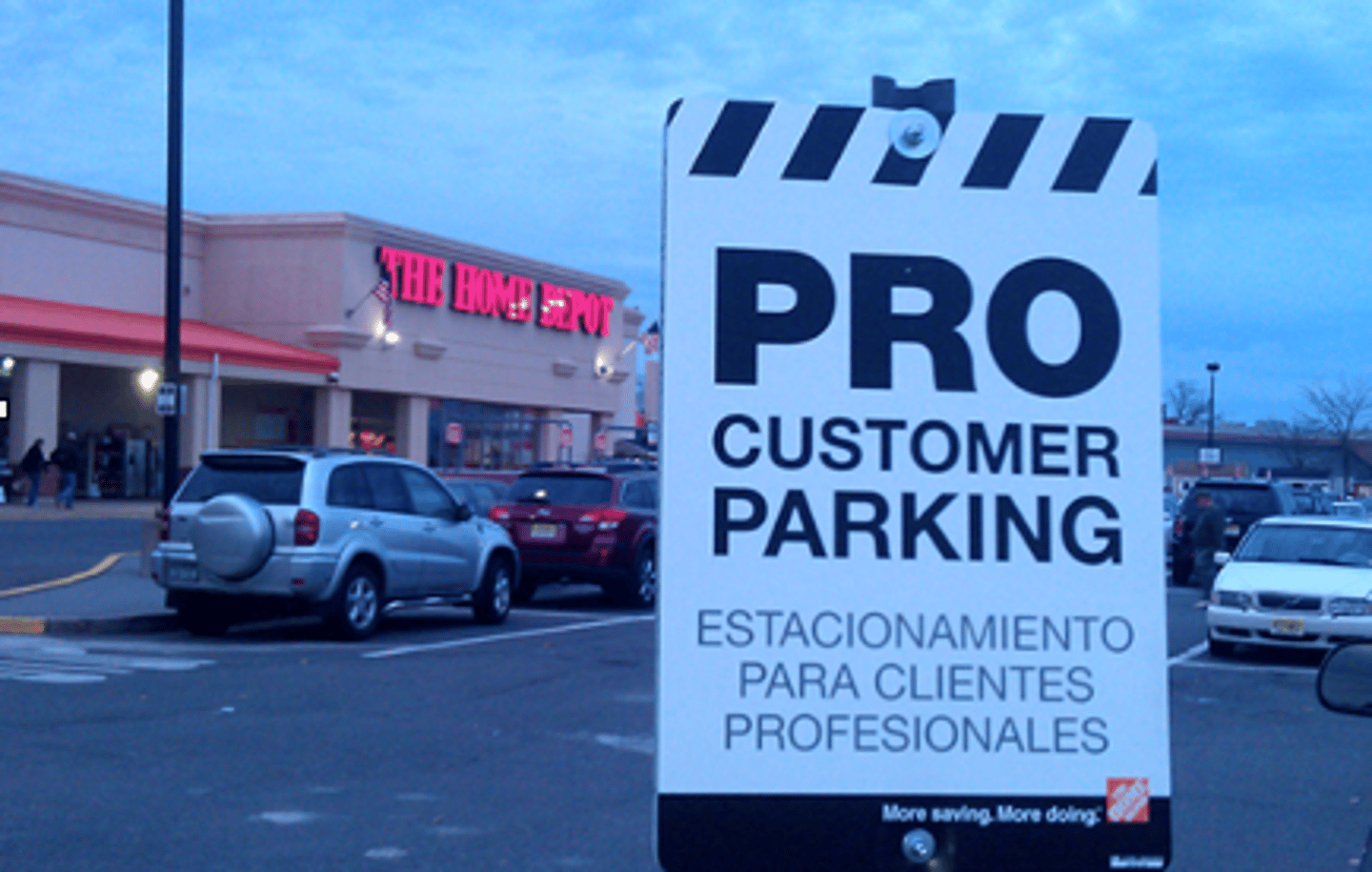5 highlights from Home Depot
Atlanta-based The Home Depot shared its first quarter financial performance earlier this week.
In addition to reporting net sales of $36.4 billion (down 2.3 percent), and net income of $3.6 billion (down 7.0 percent), the company shared a wide range of operational initiatives and insights during its hour-long conference call with analysts and investors.
The big-picture for the world’s largest home improvement retailer is a focus on the interconnected experience, wallet share of pro market and new stores (the company expects to add 12 in 2024). And there are many moving parts.
Here are five takeaways from the call.
- SRS Distribution
Again and again, Home Depot has said winning with pro customers is the largest growth opportunity. In the first quarter, the company announced a plan to put $18.25 billion behind the effort with a deal to acquire SRS Distribution.
CEO Ted Decker described SRS as “a residential, specialty trade distributor with a leading position in three large, highly fragmented, specialty trade verticals serving the roofer, the pool contractor, and the landscape professional.”
When asked what Home Depot intends to do with SRS, Decker pointed to the $50 billion in addressable market that SRS brings to the table. The acquisition represents, he said, an opportunity to expand market, expand capabilities and better service customers.
"SRS is just a great company operating in three large highly fragmented markets," he said.
“We've been a retailer for 45 years and we’re building wholesale capability, things like trade credit, things like much more robust, on-time and complete delivery to job sites, things like order management, things like incentivized field sales forces. So these are all things that they've done for years and we look forward to being able to engage with them and learn from them,” he said.
“But then they can also serve our customers. I mean, our customers will benefit from their deep, broad catalogs in those verticals. And we can cross-sell their product into our residential-focused pro customer.”
• The Pro Ecosystem
Meanwhile, The Home Depot is building its pro business organically, with expanded pro services in a program it calls the “Pro Ecosystem.”
The company intends to have the foundational elements of the ecosystem in 17 markets by the end of the fiscal year. Those elements include more fulfillment options, a dedicated pro sales force; specific pro-oriented digital assets and trade credit.
Order management capabilities geared at the residential pro who shop across categories are also part of the Pro Ecosystem.
“Where we've expanded our capabilities around our supply chain capabilities and the expansion of our outside sales teams, we've seen noticeable outperformance in those markets, and positive comps,” said Chip Devine, The Home Depot’s senior vice president of outside sales.
• Merchandise
For years, Home Depot has divided its products into 14 departments. Now there are 16 departments.
“Electrical/lighting” has been separated into “electrical” and “lighting.” Similarly, “Kitchen & bath” split into two separate departments.
Also, outdoor power equipment, which had been included with “Indoor Garden,” is now counted with the “Tools” department. That last move intends to “capture synergies and maximize the strength of our battery-powered platforms,” said Billy Bastek, executive vice president of merchandising.
In the first quarter, building materials and power departments posted positive comps. The following departments were above the company average: outdoor garden, paint, lumber, plumbing, and hardware.
Overall, comp transactions decreased 1.5 percent, and comp average ticket decreased 1.3 percent. Big-ticket comp transactions, or those over $1,000 dollars, were down 6.5 percent compared to the first quarter of last year.
• Battery power
Speaking of battery platforms, the company estimates that there are nearly 500 million batteries in the market today and the Home Depot assortment covers the vast majority of those batteries.
“The trend away from gas to battery powered products is continuing and we are well positioned with our assortment,” Bastek said. “In fact, more than 70 percent of batteries are with brands that are exclusive to The Home Depot in the big box channel. With hundreds of products across each of the platforms, this is one of the best loyalty programs that keeps customers coming back to The Home Depot.”
• Technology
You can scan the entire first-quarter earnings-call transcript for the industry buzzword “artificial intelligence.” You won’t find it. But more important than terminology are tools that bring sophisticated intelligence software to operations, and Home Depot is actively building such tools, including one called Computer Vision.
As one example, Senior Executive Vice President Ann-Marie Campbell explained how the company deployed data science and technology to its self checkout to mitigate shrink.
“Computer Vision can identify complex carts or high value carts and signal a cashier to help the customer with their basket to ensure all products are scanned and accounted for,” she said.
The company has also invested in a Pro Intelligence Tool that “leverages data science" into insights for sales teams, Campbell said.
"While we will continue to improve upon all of these technology-enabled applications, we are thrilled with the early results we are seeing,” Campbell said.






